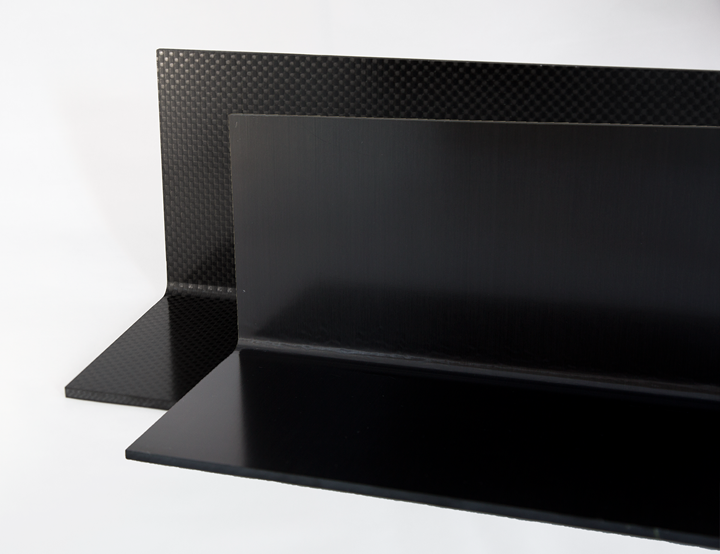Toray and Bell collaborate on new NCAMP design allowable dataset for 3960 prepreg system
Allowable design dataset establishes conformity requirements and process specifications for traditional hand layup and AFP of the 3960 prepreg system in aerospace applications.
Toray Composite Materials America Inc. (TCMA, Tacoma, Wash., U.S.), a manufacturer of advanced carbon fiber and composite prepreg materials, has entered into a collaborative arrangement with Bell Textron Inc. (Fort Worth, Texas, U.S.) to support a new National Center for Advanced Materials Performance (NCAMP) design allowable dataset for Toray’s 3960 prepreg material system. This prepreg system uses Toray’s T1100 intermediate modulus plus (IM+) fibers, providing high toughness and exceptional tensile performance ideal for aerospace applications.
In 2016, Toray and Bell began efforts to refine the performance of the 3960 prepreg material to meet Bell’s design requirements for high-performance and low-risk airframe solutions for efforts such as the U.S. Army’s Future Vertical Lift (FVL) programs. In 2019, Toray says it began producing allowable design data for this material with guidance from the National Institute for Aviation Research’s (NIAR, Wichita, Kan., U.S.) NCAMP engineering team. This comprehensive plan establishes conformity requirements and process specifications for traditional hand layup and automated fiber placement (AFP) manufacturing processes for the 3960 prepreg system. Toray notes that the data will serve as a foundation for certification, enabling aerospace companies to achieve airworthiness approvals and bring products to market faster and at a lower cost.
“Toray’s T1100/3960 composite material offers the right balance of characteristics that enable Bell engineers to design the most efficient and reliable structures that meet our customer’s mission requirements including speed, range and agility,” according to Bell’s Vince D’Arienzo, technical fellow. “We, together with our partners, continue to optimize airframe performance attributes by building full-scale risk reduction and validation articles with Toray’s 3960 prepreg system.”
Jeff Cross, Toray director of business development adds that the company remains “committed to providing a full range of products with publicly available design data for the design and certification of aerospace and defense applications.”
Related Content
-
Materials & Processes: Composites fibers and resins
Compared to legacy materials like steel, aluminum, iron and titanium, composites are still coming of age, and only just now are being better understood by design and manufacturing engineers. However, composites’ physical properties — combined with unbeatable light weight — make them undeniably attractive.
-
Materials & Processes: Resin matrices for composites
The matrix binds the fiber reinforcement, gives the composite component its shape and determines its surface quality. A composite matrix may be a polymer, ceramic, metal or carbon. Here’s a guide to selection.
-
The state of recycled carbon fiber
As the need for carbon fiber rises, can recycling fill the gap?














